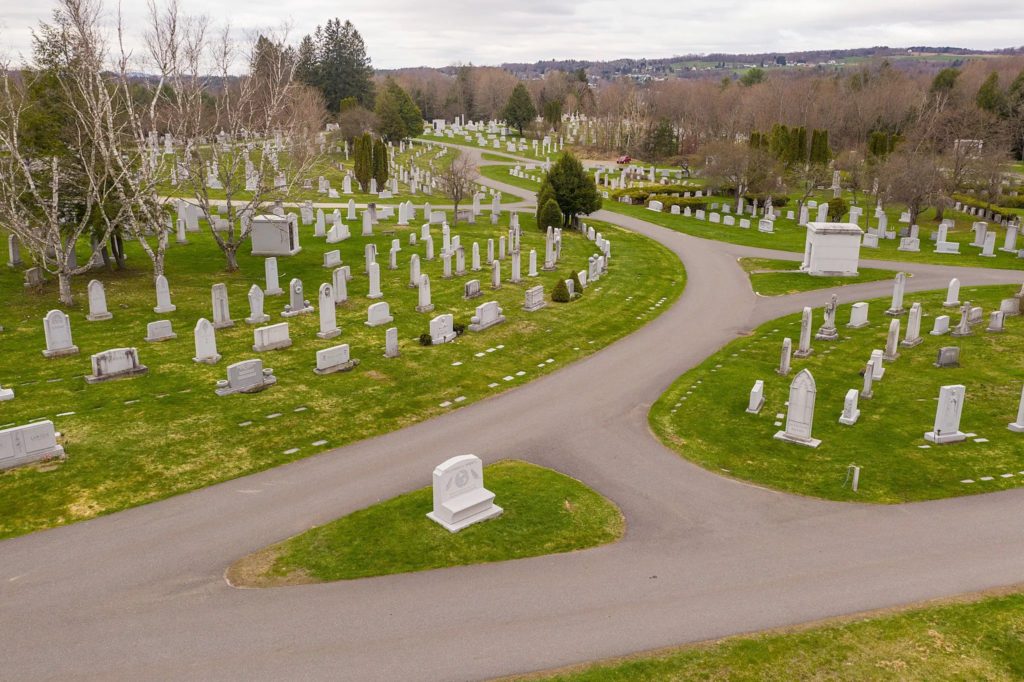Early on in our current COVID pandemic, there were lots of articles about how the 1918 flu disappeared from our collective memory and the historical record. This one will fade, too.

18 May 2022 – As I noted in yesterday’s post, COVID still weighs heavily on my mind. I suppose it’s age (I am over 70) and the fact I have had two horrible bouts with COVID – the second bout right now, after being triple-vaxxed. Close to 12% in my age group have some sort of long-COVID symptoms (there are 8 standard symptoms of which I have 4, the severe fatigue being the worst). The only good news, say my doctors, is my triple-vax saved me from more severe effects with this second bout. And so my COVID reading and research has continued, never having stopped. I had a few unfinished pieces due to our shift to cover the Ukraine War and decided to finish them before returning to the grisly realities of the Russian onslaught.
As I noted, early on in the Covid pandemic, there were lots of articles about how the 1918 flu disappeared from our collective memory and the historical record. Alfred Crosby famously called it “America’s Forgotten Pandemic” in his 1989 book. Crosby’s book “probes the curious loss of national memory of this cataclysmic event”. The following are a few snippets from his book + some miscellaneous notes I had stuffed in my COVID master file.
The 1918 pandemic killed between 50 – 100 million people in two years. And yet, Encyclopedia Britannica’s special volume on the history of 1920/1921 does not even mention it once. More Americans died in the 1918 pandemic than in all 20th century wars combined, but there is exactly one monument to them – in Barre, VT, erected by a man whose grandfather died from the flu:

hy there are almost no memorials to the flu of 1918 can be found in this New York Times article.
“One searches for explanations for the odd fact that Americans took little notice of the pandemic,” Crosby wrote, “and then quickly forgot whatever they did notice”. In 2020, the idea of collective pandemic amnesia seemed wild, unthinkable. But reading about the collective forgetting of the 1918 pandemic now starts to take on a different light. We are witnessing a similar thing happen in real time. It’s a repeat. In a New York Times editorial from December 1918 the author noted: “Never since the Black Death has such a plague swept over the face of the world, and never, perhaps, has a plague been more stoically accepted.”
People rarely made movies or wrote books about the 1918 pandemic. Prior to the 1918 pandemic, people regularly memorialized plagues in literature. There are countless examples of people using storytelling to process the costs of mass disease. Homer. Sophocles’ Oedipus the King. Giovanni Boccaccio’s The Decameron. Daniel Defoe’s A Journal of the Plague Year. Coping with plague and disease is a major theme of classical and early modern literature. Edgar Allen Poe’s The Masque of the Red Death. Jack London’s The Scarlet Plague. And so on and so on.
It’s a stark contrast with the almost-total absence of literature, film, or other storytelling about the 1918 pandemic. What changed? Well, mass media.
In 1918, there were vested interests intent on people not telling stories about the pandemic because it might affect the war. Information about the pandemic was actively suppressed by most governments around the world – with the exception of Spain (hence “Spanish flu”). How can you tell a story about something that isn’t being acknowledged as really happening? How can you process the pain and loss of a mass health catastrophe in an environment where those in power keep telling the public that everything is fine and normal?
You can’t and you don’t. So you don’t write books about it, you don’t make movies about it, you don’t use the storytelling tools that humanity has used for centuries to process threats of contagion. You just hunker down and write and watch books and movies about a world where there never was a pandemic or a world where it’s over, and move on. No memorials. No moments of silence. No iconic movies or books. Just – “normalcy” and silence. Back in 2020, it was inconceivable to me that the 1918 pandemic was ever so “forgotten.” But now, it makes perfect sense.
I can access a steady stream of COVID articles via my specially programmed COVID article search engine. It’s a torrent. There are 2,100+ a day, on average. Via my curation tool I can cut it down to 3-4 “must reads” or just utilize a keyword/concept search via a modified version of Elastic to find exactly what I need. And as I read I see that, as a society, we’re collectively doing our damndest to forget this one, too. Even as it’s raging on and people are still dying. As I noted in yesterday’s blog, epidemiologists are stunned by how fast the COVID virus mutates. Their position is it’s going to be very hard to use traditional vaccine and antiviral approaches to keep up with new variants. And many surmise this virus is “different”, that there could be a variant that causes more severe disease.
I think those of us that can (ok, I have a 6-person media team to assist me) need to tell the story of what happened – and what’s still happening – in this pandemic. We need to publicly grieve the 1 million Americans we lost, and make plans to try to prevent any more casualties. We need to tell the stories of the “long haulers” (I am in that group) and the survivors.
Or, we could just choose to forget and hope that things really will feel “normal” eventually, if we’re lucky. That we’ll all go back to “2019 normal”.
All of this reminds me of one of my favorite absurdist plays “Rhinoceros” by Eugene Ionesco, written in 1959. One by one an entire town of people suddenly transform into rhinos. At first, people are horrified but as the contagion spreads (almost) everyone comes to accept that turning into a rhinoceros is fine. Rhinoceros is a play about conformity and mob mentality and mass delusion, about how easy it is for people to accept outrageous/unacceptable things simply because everyone else is doing it. In the end, the protagonist Berenger is the only human left.
That play reminds me of our current, new season of “return to pre-Covid normalcy” – which is on hyperdrive. Yes, there are many good reasons to try to avoid getting infected with Covid. But it’s not innocuous and it’s dangerous to pretend otherwise.
And for those of you who want to know more about the 1918 flu epidemic in the U.S. I highly recommend a PBS series originally broadcast in 1998, and rebroadcast in 2018. Below is the promotional teaser PBS issued. I have the entire series on DVD but I think the entire series can be found on Youtube.